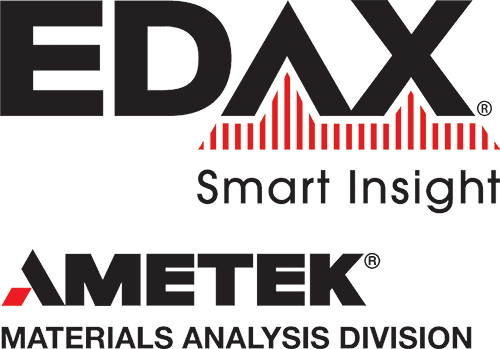Lots of materials – both natural and synthetic – are crystalline, with a regular, ordered structure. There is now a powerful technique for studying these materials, which can reveal the intricacies of their crystalline microstructure and so allow scientists to explore how this microstructure affects their properties and functions.
Known as electron backscatter diffraction (EBSD), this technique has so far mainly been used to study the microstructure of classic crystalline materials such as metals and ceramics, including the latest alloys and superconducting materials. It has also been adopted by industries that either produce metallic materials, such as the steel industry, or rely on the structural integrity of metallic materials and ceramics, such as the nuclear power industry.
This Essential Knowledge Briefing provides a general introduction to EBSD. It explains how the technique works, outlines practical issues related to the technique, describes potential problems that may arise and how to solve them, and provides examples of how EBSD is being used by scientists in their research.

